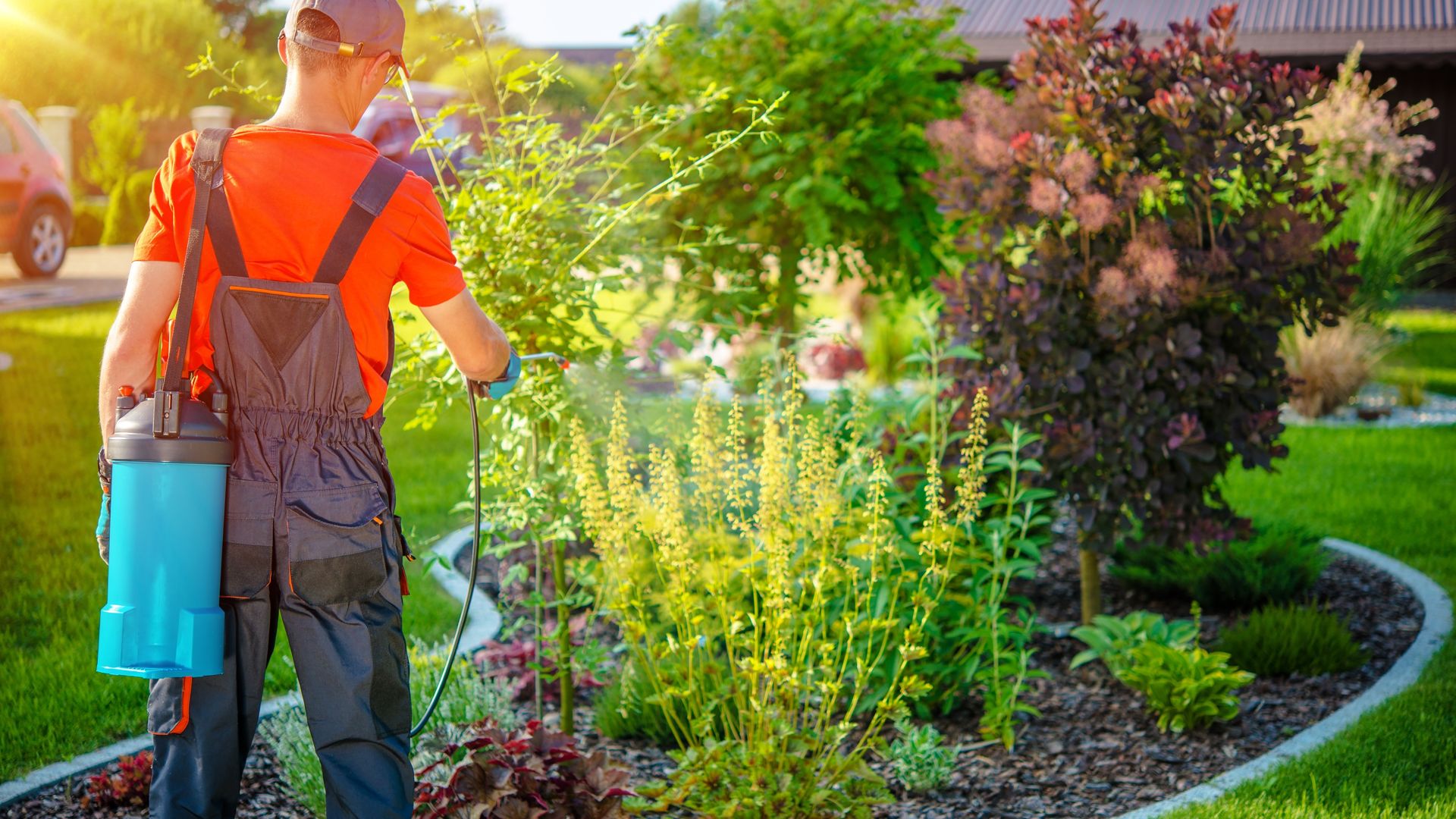There are primarily three types of termites in our Conroe service area. They attack property in different ways and require different methods for detection. Let's take a quick look at them and discuss what you need to know most if you own property in Conroe, Texas.
Drywood Termites
These are the easiest termites to detect, but it isn't always easy to detect them. Drywood termites will attack your property from the air. They'll crawl on your outside walls, find entry points, and get inside to establish a nest and feed on the hardwood in your home. Here are some tips for detecting drywood termites:
- Look for hardened droppings on your window sills. The droppings of hardwood termites take on the color of the food they eat, so the droppings could look a little bit like sawdust.
- Look for tiny kickout holes. These are holes made in hardwood that drywood termite workers use to push their droppings out.
- Wood damage. You could see damage caused by these termites. Wood may look splintered, or you may see grooves and a general stripping of materials.
- You could see drywood termite workers or soldiers, but this is rare. They prefer to stay hidden in darkness.
Dampwood Termites
These termites are a little sneakier than drywood termites. They feed on wood near the soil and will often attack wood that is in a shaded and concealed area. If you have these termites start to feed on your back deck, you may not know it. Here are some tips for detecting these termites:
- Inspect damp wood on your property. Look for dampwood termite workers crawling around between the wood and the soil.
- Inspect underneath exterior structures. Look for damage done to wood where wood makes contact with the soil.
Subterranean Termites
These are the hardest termites to find. This may be the singular reason why subterranean termites are the most destructive of all termites. If these termites attack your property, you will have some difficulty discovering evidence. Most of the damage subterranean termites do is on the inside of wood. These termites prefer to stay completely inside their tunnels. Here are a few tips to help you detect them.
- Subterranean termites build above-ground tunnels out of saliva and soil. These tunnels are called shelter tubes or mud tubes. You may be able to find them on hard surfaces, particularly near the ground outside of your home. But, don't limit your search to the outside. You can also find these tubes on the inside of your home.
- Tap on sound timbers to see if they are hollow. If you have these termites inside a thick support timber, you're likely to know it when you tap on it.
- If you perform an inspection around your home, you may be able to find termite activity. You'll probably need to move mulch, wood, or soil to do it.
Swarmers
All of these termites produce swarmers, and these winged termites are a warning sign of termite infestation. We've saved this for last not just because all termites reveal themselves in this way, but because it isn't the best way to detect termites. A nest doesn't immediately produce swarmers. It takes years. That's years that termites will be allowed to damage your property. We hope you don't give them that time.
The Best Protection Against Termites
It can be difficult to detect termites. It's also a messy job. If you want the best protection for your property, we recommend investing in professional termite services. If you live in Conroe, Texas, contact Chase Pest Control. We can guide you in finding the right service for your home or business. Reach out to us today for immediate assistance

